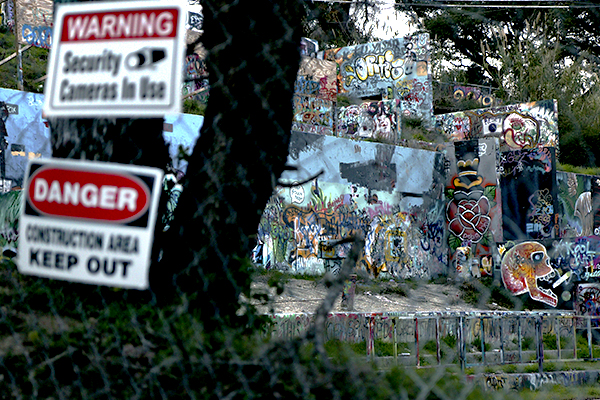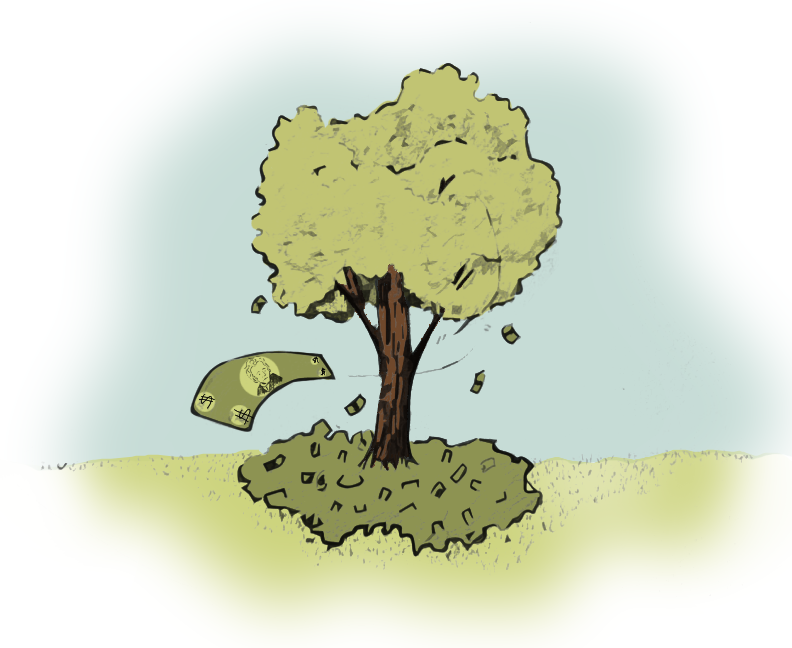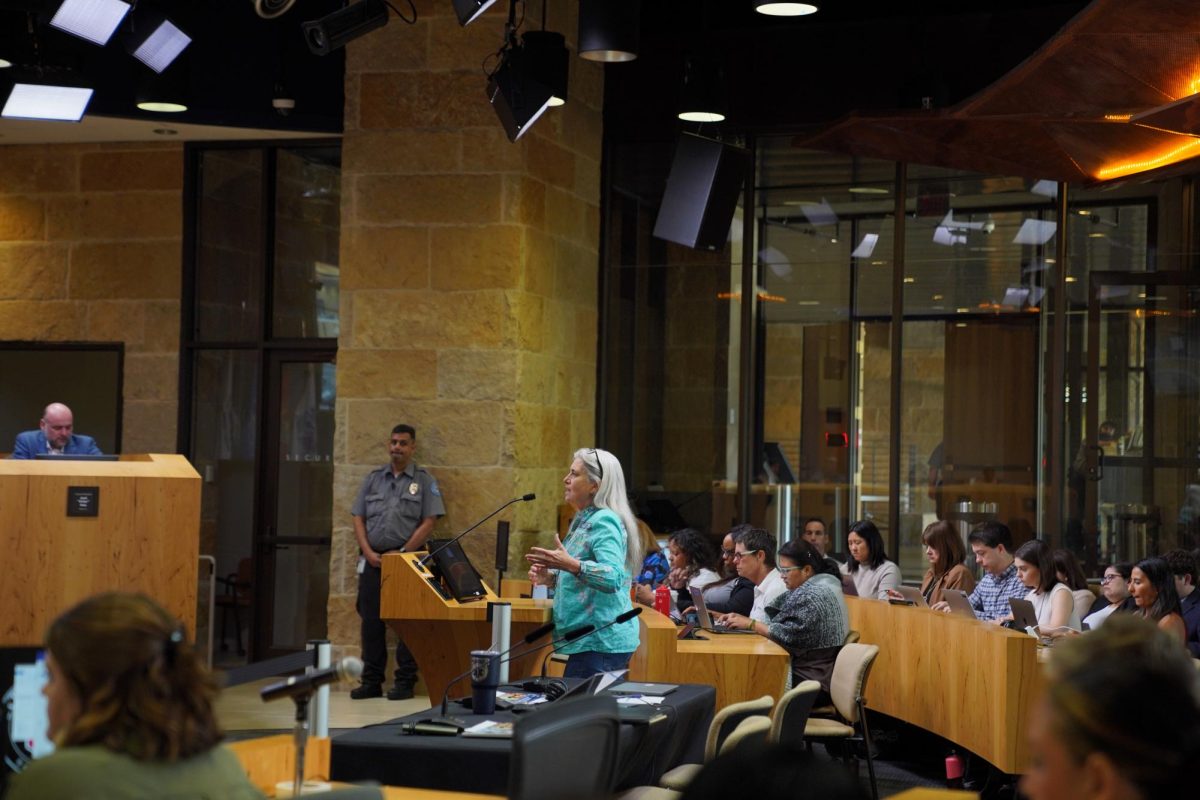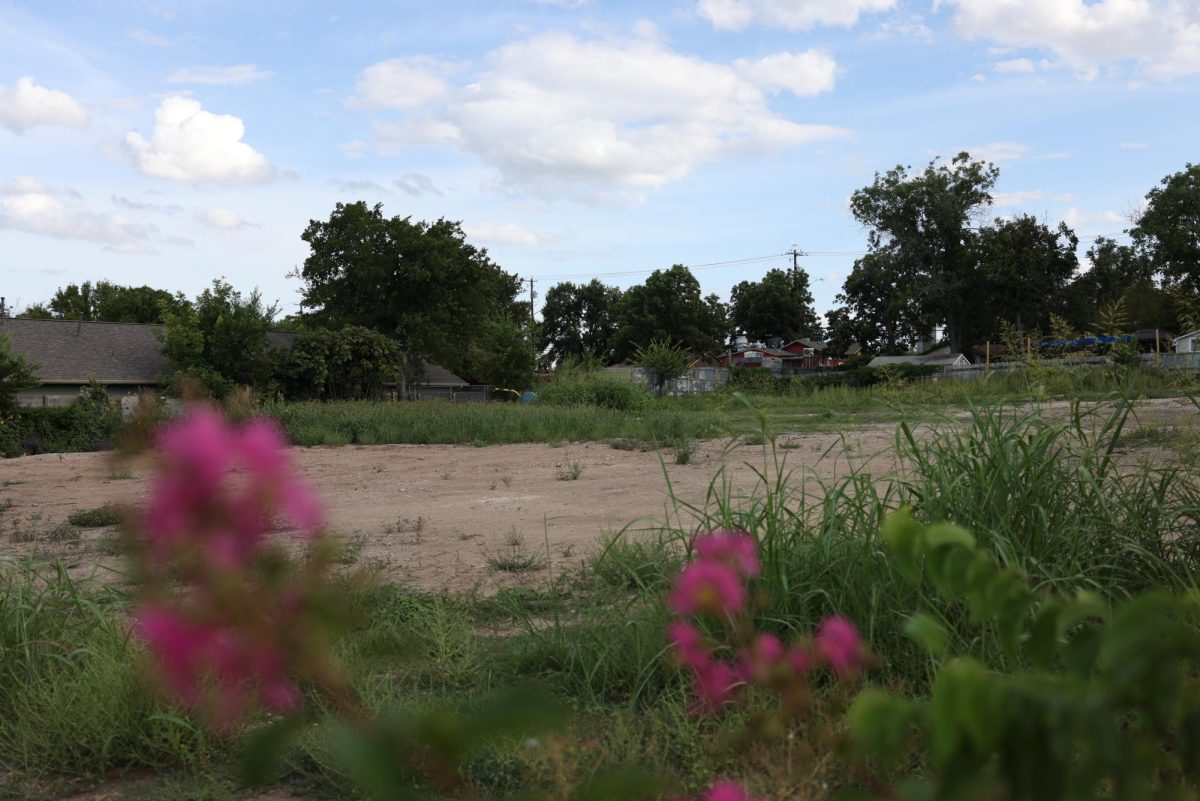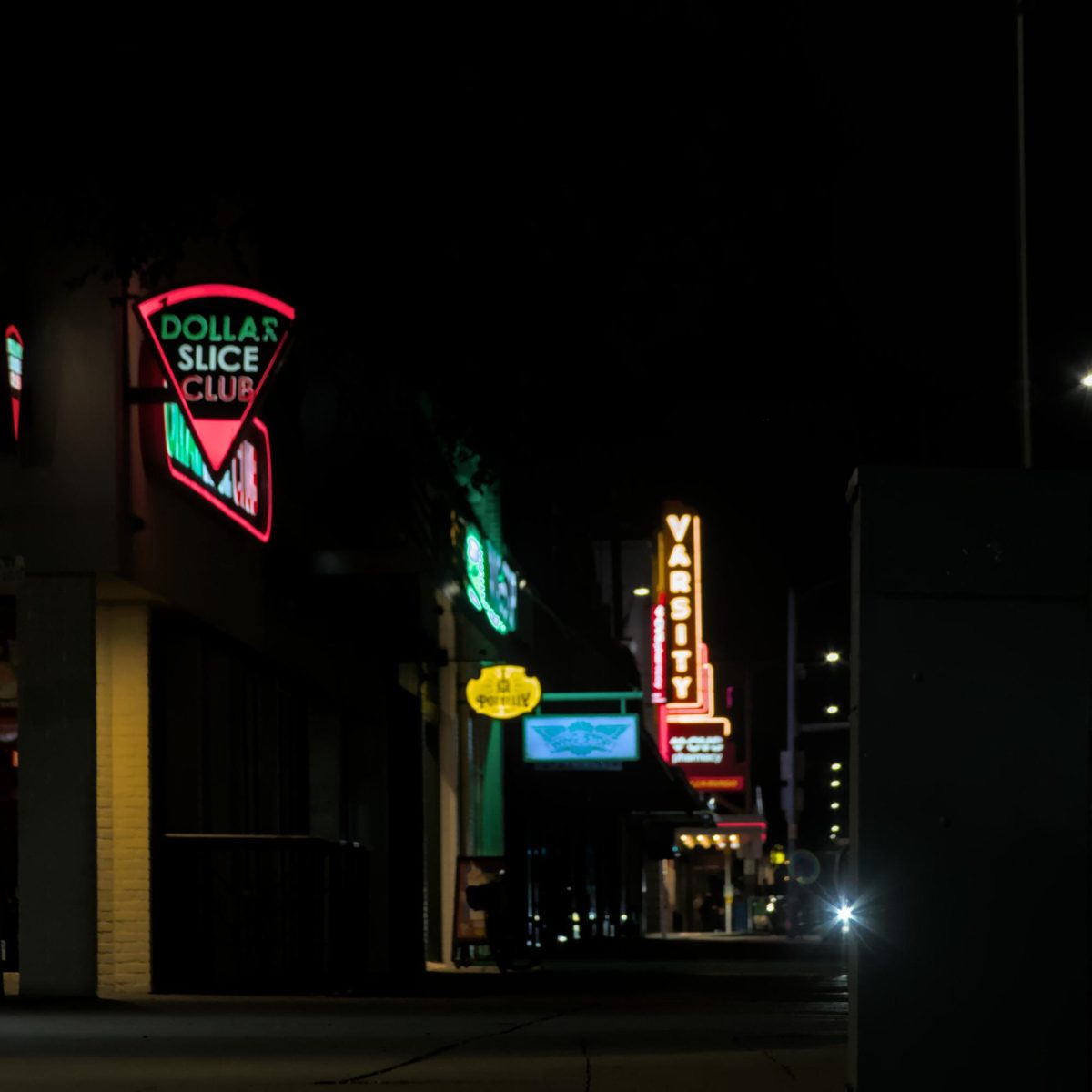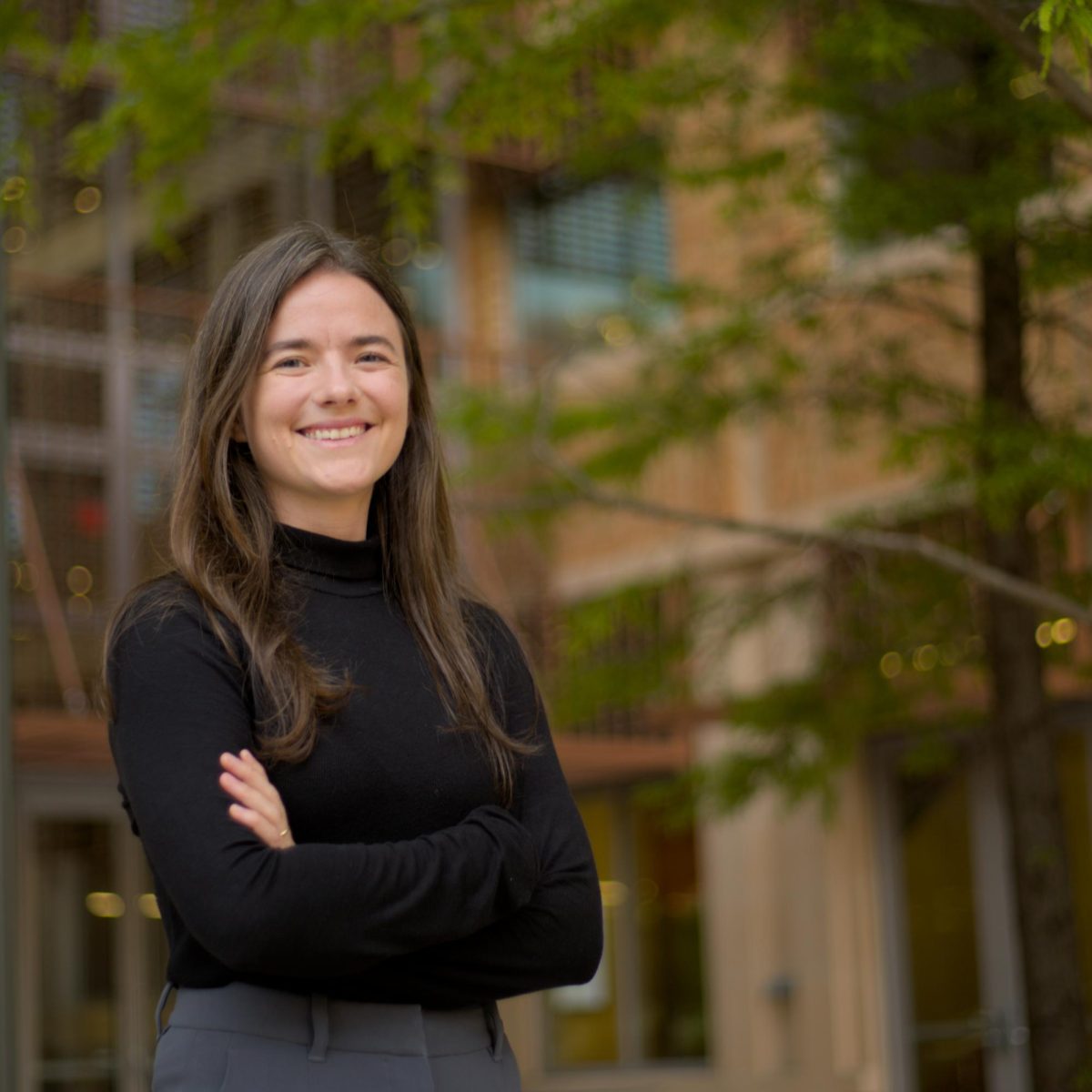Austin Planning Commission voted last week to propose replacing Graffiti Park, a popular tourist destination that closed in January 2019, with two separate properties where 22 residential condos will be developed. Austin City Council will vote on the proposal at their Feb. 20 meeting.
The park, officially named HOPE Outdoor Gallery, opened in 2011 on Baylor Street but is relocating to Carson Creek Ranch near the Austin-Bergstrom International Airport, according to the gallery’s website.
Austin-based artist Helena Martin said the park’s closing has impacted many local artists.
“It scattered all of us,” Martin said. “It was a cultural epicenter where we could all meet and catch up with each other. We would plan loosely to be there at the same time, and we could all vibe off each other that way.”
Martin said the park influenced her to move to Austin in 2014. She said she owes Graffiti Park for launching her career as an artist because it gave her a space to sell art prints and T-shirts of her work while making connections with clients and other artists.
“Austin really embraces art more than most cities,” Martin said. “People in Austin don’t judge so much, and that’s kind of what the Graffiti Park was. It was just this very colorful, rough around the edges playground for adults and children.”
English freshman Claire Rudy said she enjoyed bringing friends to the park when they visited Austin because it had a beautiful view of downtown.
“The park represented the large creative influence in Austin,” Rudy said. “It brought travelers to see what made Austin such an artsy city.”
The new park will include amenities not found in the original, such as parking, bathrooms, a cafe and art classes, according to KUT.
Rudy said she will miss the original park because it was an Austin landmark.
“I was not a fan when I heard that the park’s closing was to provide more estates,” Rudy said. “I know there was definitely a bunch of outrage from artists because it’s illegal to do graffiti on public buildings. This was a public space where everyone was free to create whatever art they wanted to, so this takes away a creative outlet.”
Jeremy Ukazim, a 2018 UT alumnus, said the park was popular among students and served as a fun meeting place for his student organizations.
“It was a place for creativity and inspiration,” Ukazim said. “It was a relaxing place to get away. There was never bad energy at Graffiti Park.”
Ukazim said Graffiti Park is just as important to Austin as Zilker Park and Lake Travis when it comes to capturing the creative and unique culture of the city.
“Austin is a weird city and Graffiti Park is where you can see that weirdness placed in art,” Ukazim said. “People will miss having an outdoor place where anyone can go. There was no age limit, and it was free.”
Martin said the best part of the park was feeling like she had a voice as an artist.
“I’m just glad we had it as long as we did, and I’m even more grateful HOPE, the nonprofit that ran the park, has taken the initiative to make another park,” Martin said. “I feel very indebted to HOPE.”



